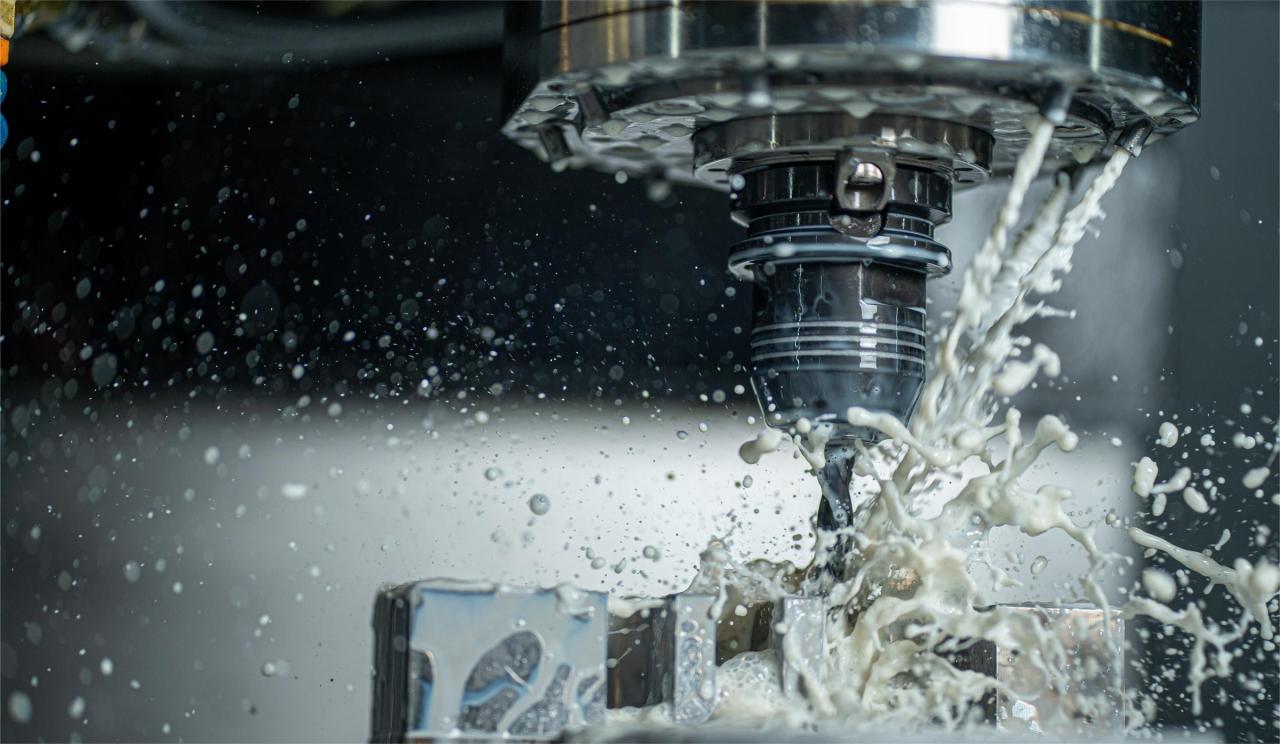Discover Everything You Need to Know About CNC Milling
CNC (computer numerical control) milling is a metal-cutting method that uses automated machine control to produce very precisely shaped parts at a high rate of production. The CNC milling process begins with the creation of a CAD (computer-aided design) model. This model is converted into instructions that the CNC machine can follow via CAM (computer-aided machining) software. The CNC machine then executes the CNC program to complete the part. However, the CNC milling process is much more complex than this short description implies, from the technicalities associated with CAD and CAM software to the tools, cutters, and equipment used for CNC operation, to a machine’s cutting parameters.
CNC milling is used in several industries, including: automotive, aerospace, agriculture, construction, medical, and dentistry. This piece will discuss the CNC milling process, including its history, how it works, and the steps, methods, and equipment used.

What is CNC Milling?
CNC milling, including precision CNC milling, is the typical machining process known as milling performed under the control of a computer. Milling is the cutting of a material such as wood, metal, or plastic using a rotating tool. The controls in CNC milling dictate everything from the sequence of tools used and the toolpath of each cutter, to the spindle RPM and feed rate. There are several different types of CNC milling machines that allow varying levels of complexity in the cutting process. The simplest machines have three axes of motion. More complex milling machines, including those used in precision CNC milling, can have five or more axes of motion control. These machines are used for making more complex parts.
A wide range of tools is available to support variations in the milling process, from standard end mills and drill bits to special face milling and profile milling tools. With so many different types of CNC mills and cutters, almost any shape or design can be produced on a CNC milling machine.
How Does CNC Milling Work?
What Are the Steps of the CNC Milling Process?
To get from the CAD model to the physical part, several tasks must be completed. The steps of the CNC milling process are described below.
1. Making a CAD Model
The first step of the CNC milling process is to create a 3D CAD model for the part to be fabricated. This CAD model will include information pertaining to the size, geometry, and shape of the part. It’s important for designers to develop CAD models that are capable of actually being cut by their CNC milling machines. Parts should be designed with no (or minimal) undercuts. The size of the undercut that can be machined depends on the capabilities of the specific CNC machine. Undercuts are recessed or sunken features in a part that cannot be cut with standard tools. While undercuts can be cut by CNC mills, they typically require specialized tools, multi-axis milling machines, or both, leading to higher tooling and manufacturing costs.
2. Converting CAD to CNC
Once a suitable 3D CAD model has been developed for a particular part, a CNC program must be created to control its fabrication on the CNC milling machine. Using CAM software, the designer can create program instructions for the CNC machine, to direct the movement of the tools and cutters during manufacturing. These programs are often written in G-code or M-code. The portions of the program written in G-code focus on the operating parameters of the tools, such as spindle speed, the direction of movement, and cut depth. M-code instructions focus on miscellaneous tasks such as tool changes, powering on and off the machine, and other auxiliary functions. CAM software will often include a simulator that allows users to verify whether their CNC programs can successfully fabricate the desired part.
3. Installing CNC Milling Machine
Once the CAD model and the CNC program are ready, the CNC milling machine is prepared to fabricate the designed part. A machine operator will import the CNC program into the milling machine and insert a pre-prepared blank with the proper pre-machining dimensions into the workholding device of the machine. The specific tools, spindles, vices, and fixtures, are also set up in the machine.
4. Executing the Program
With the CAD model developed, the CNC program created, and the CNC milling machine prepared, the machining program can be executed. When a CNC program is running, human intervention is seldom needed. The CNC milling machine will follow the program line by line, completing all of the specified machining operations on the workpiece. Once the full program has been executed, the part can move on to any subsequent planned manufacturing steps.
Our company has a rigorous process for every step from production to mass production. This article introduces CNC milling, explains what it is, and discusses how it works and the various methods. CNC milling, including milling services and precision CNC milling, utilizes rotating cutting tools to create parts from blocks of material. The exact tool paths, cut depth, XYZ and axis travel, and spindle RPM are all predetermined by the CNC control program to ensure accuracy and efficiency. To learn more about CNC milling, milling services, and precision CNC milling, please contact xy-global.
We have a dedicated engineering team to solve your problems and get high quality on-demand parts with expert prototyping and production capabilities. Instant quotes and automated DFM analysis can be completed online in seconds, and quality parts can be delivered in days.

